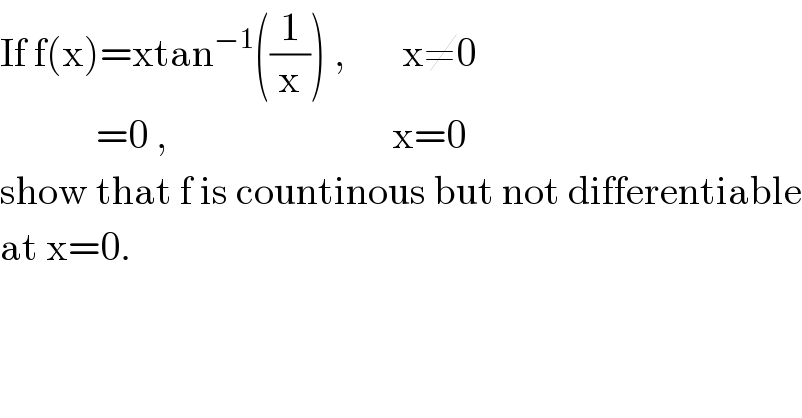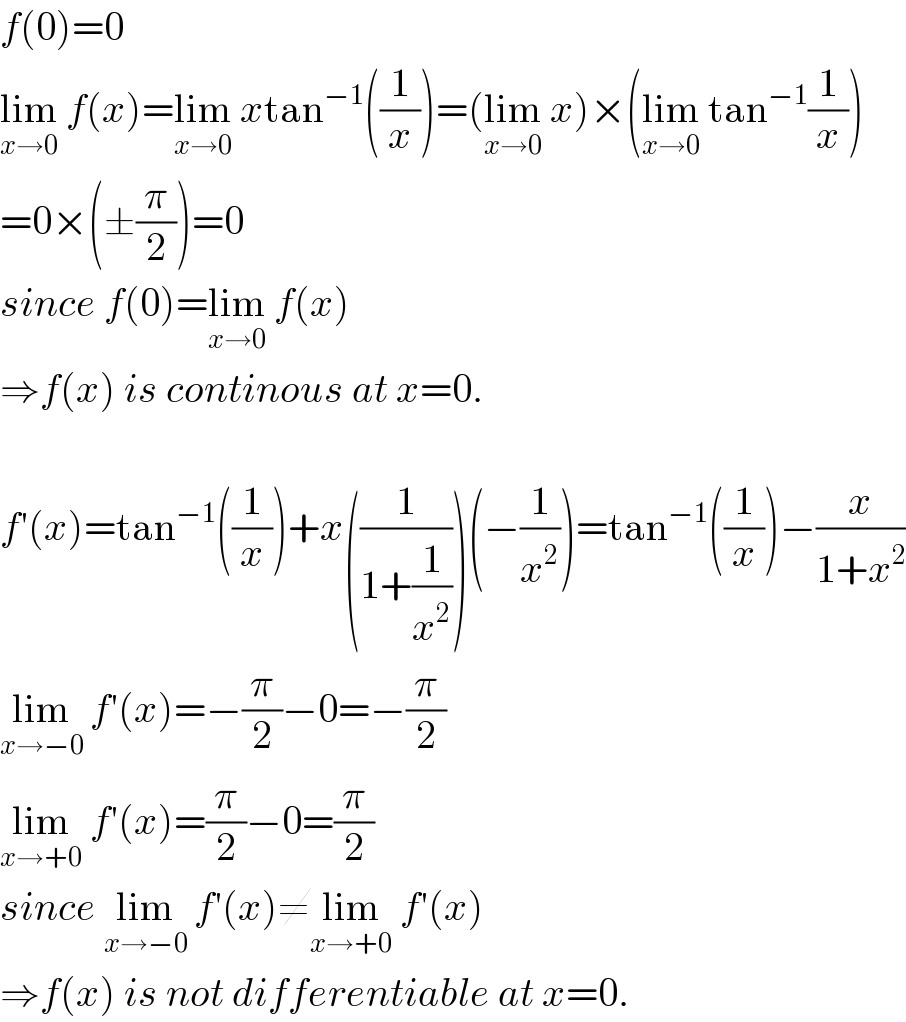
Question and Answers Forum
Previous in Relation and Functions Next in Relation and Functions
Question Number 11608 by agni5 last updated on 29/Mar/17

Answered by mrW1 last updated on 30/Mar/17

| ||
Question and Answers Forum | ||
Previous in Relation and Functions Next in Relation and Functions | ||
Question Number 11608 by agni5 last updated on 29/Mar/17 | ||
 | ||
Answered by mrW1 last updated on 30/Mar/17 | ||
 | ||
| ||